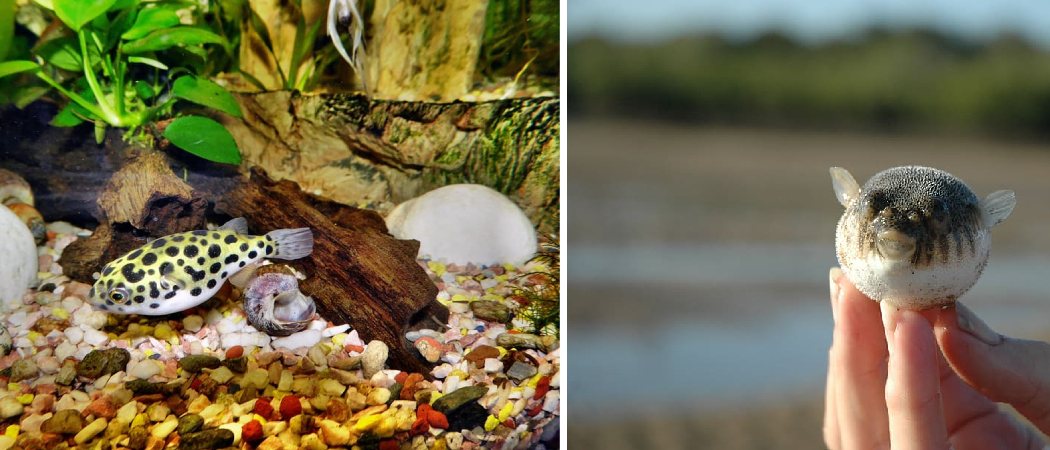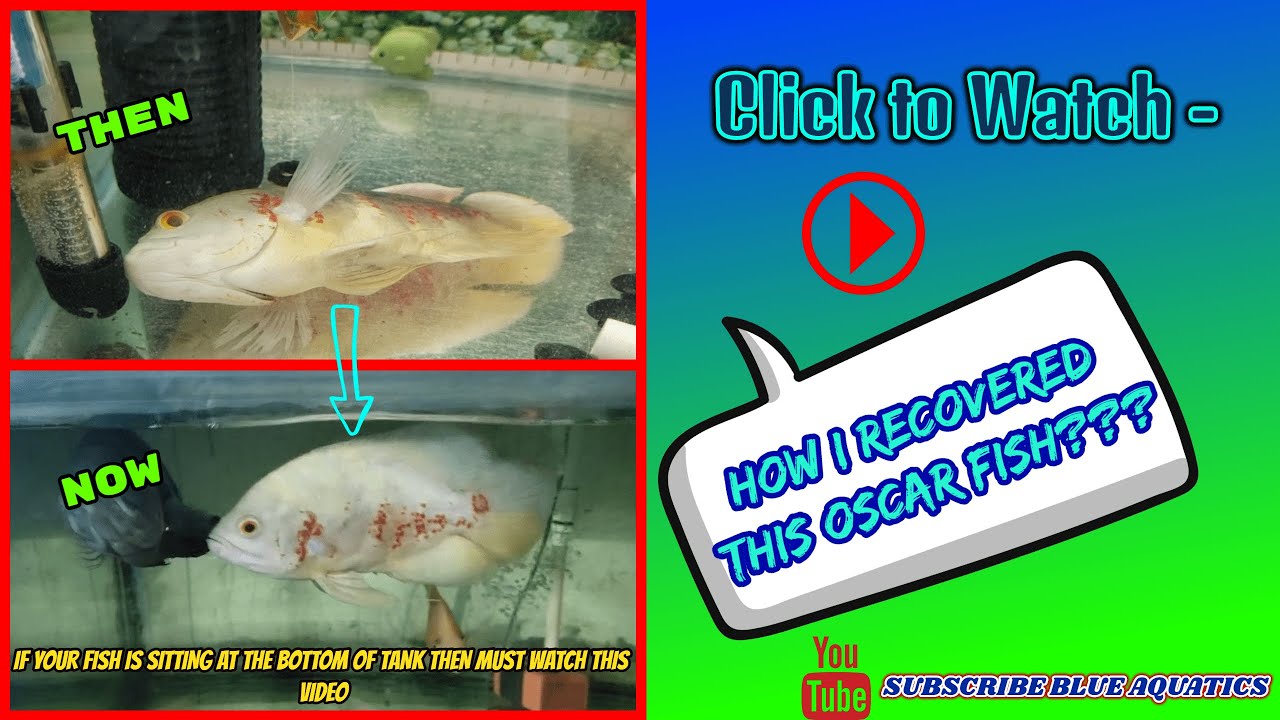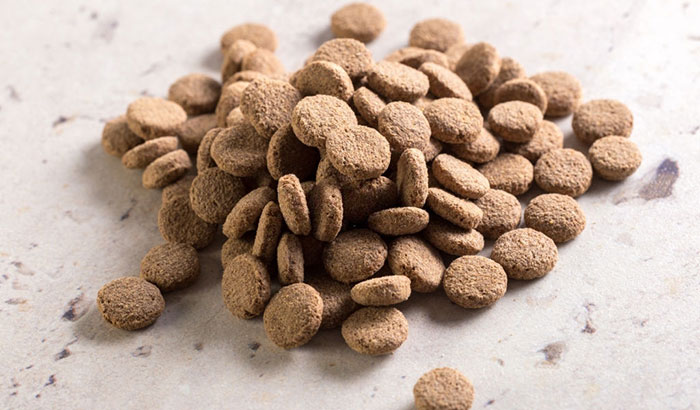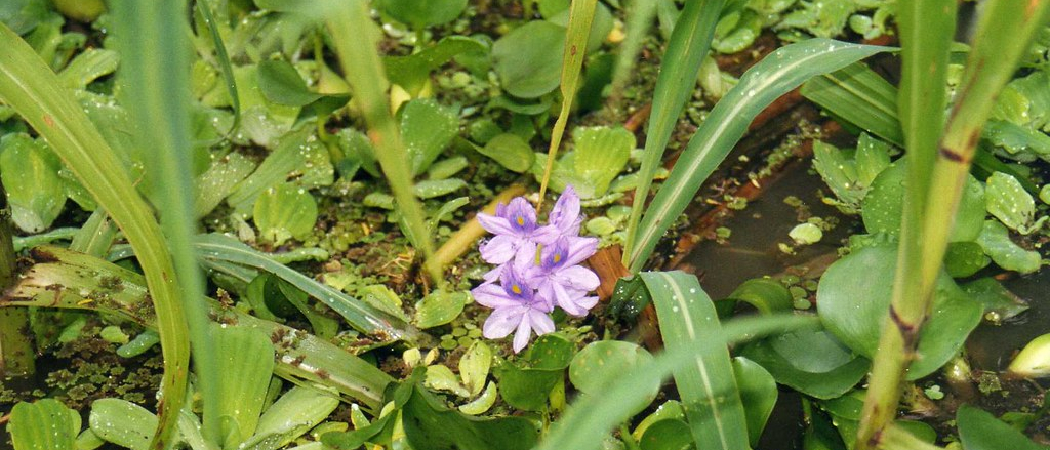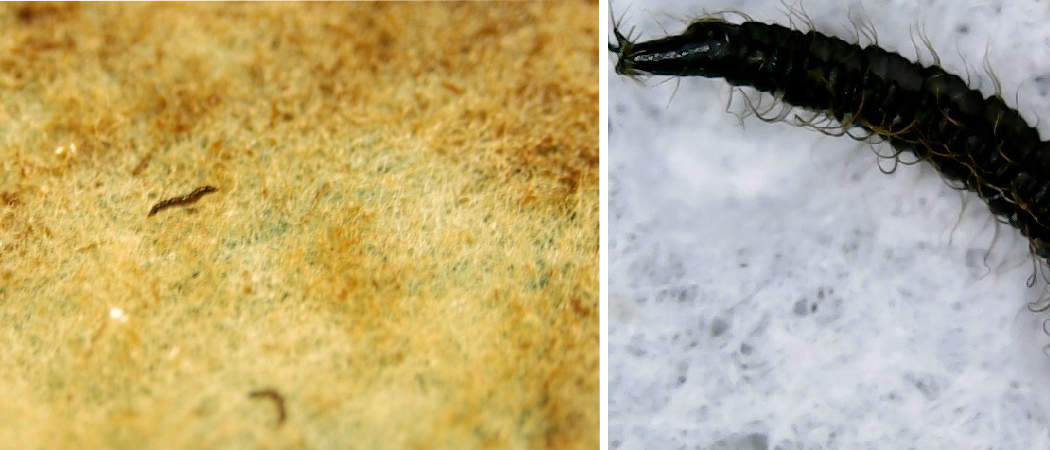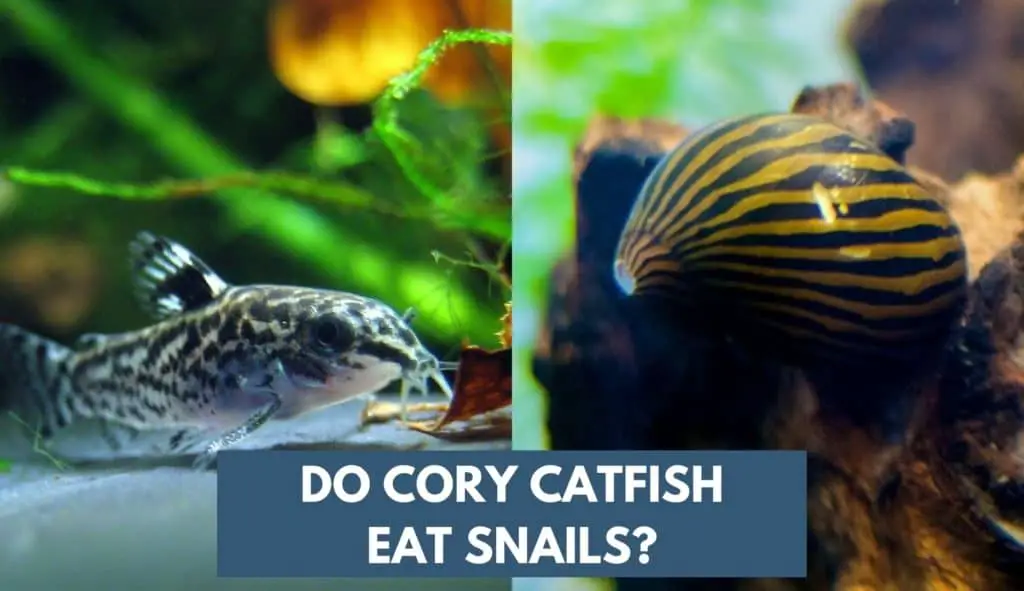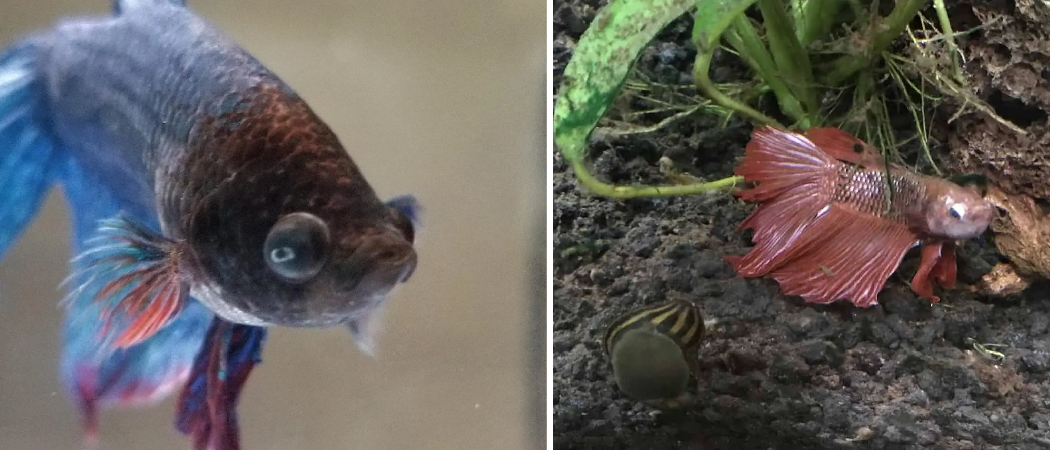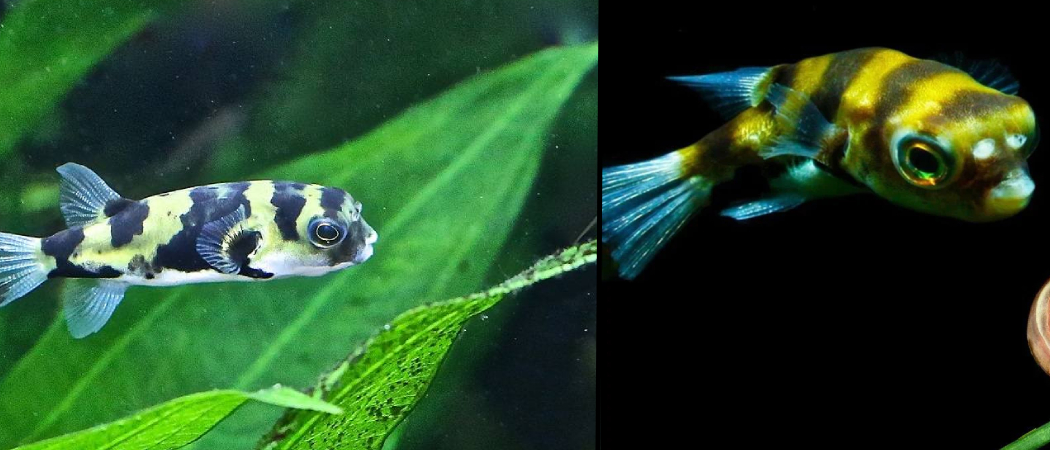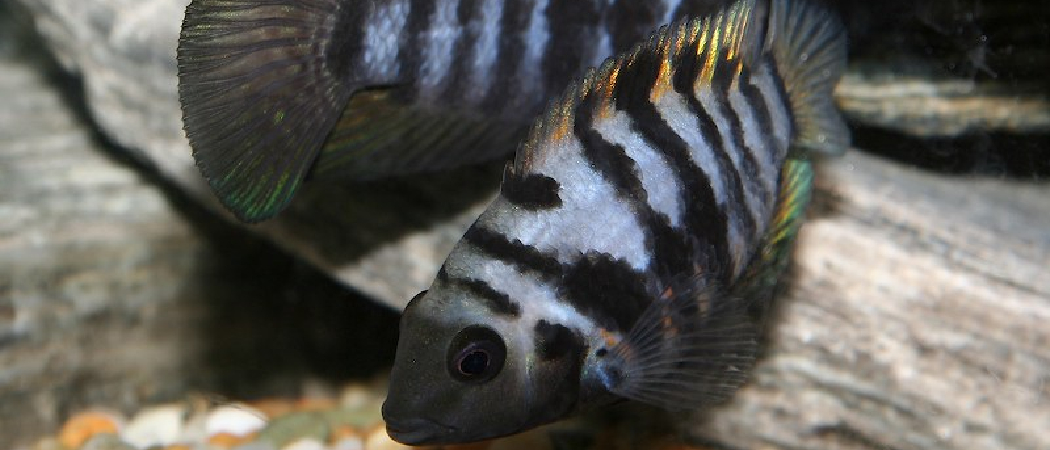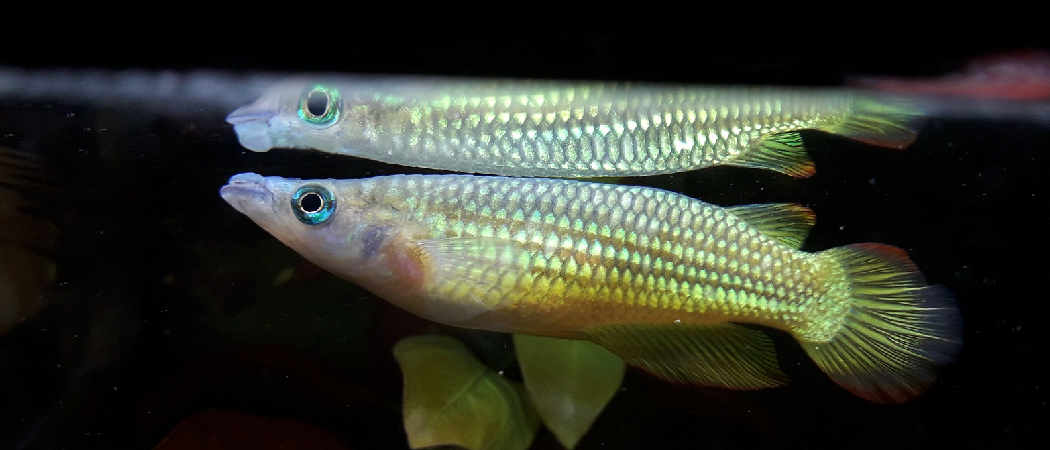How Long Can Pea Puffers Go Without Food
Pea puffers, also known as Malabar pufferfish, can typically go up to two weeks without food. However, it is generally better for their health if they are fed regularly and kept on a regular feeding schedule. If you plan to be away from home for more than two weeks at a time, then you should …

